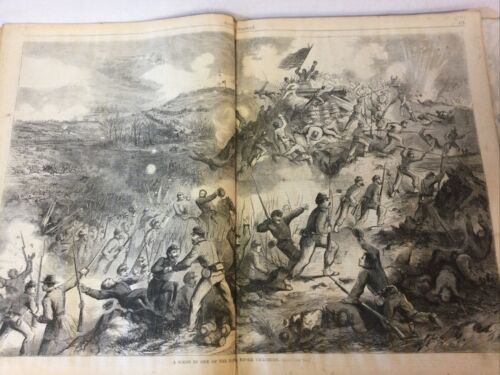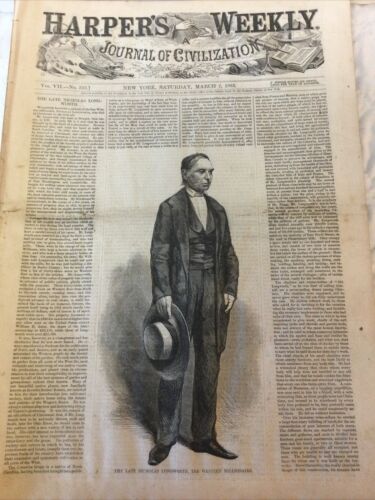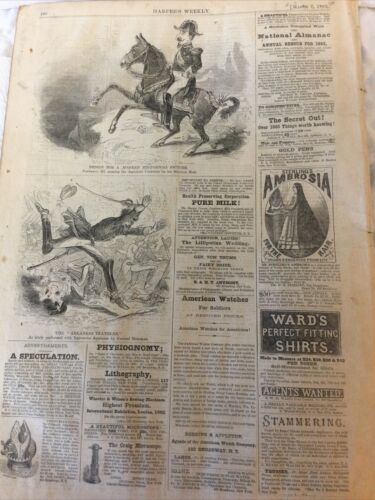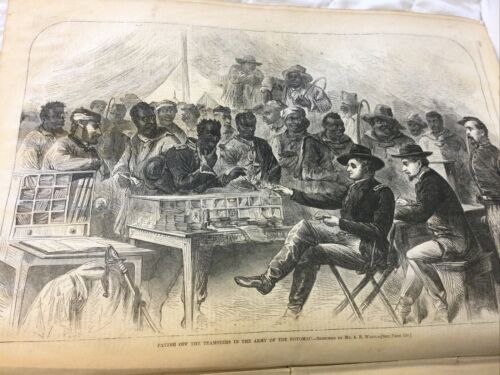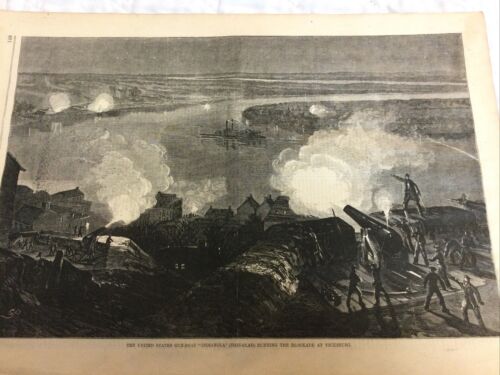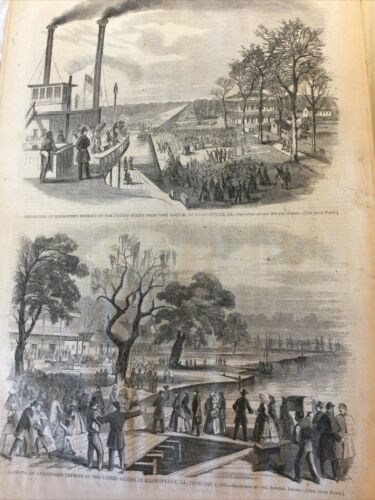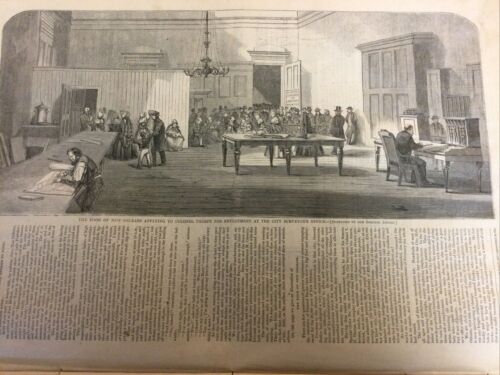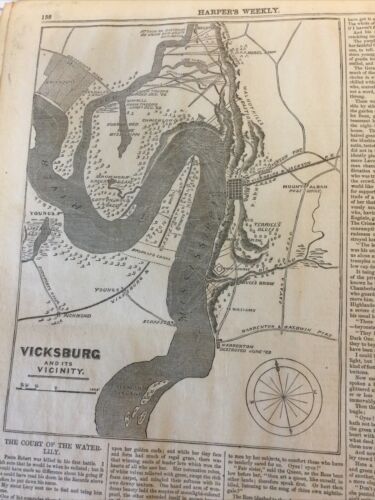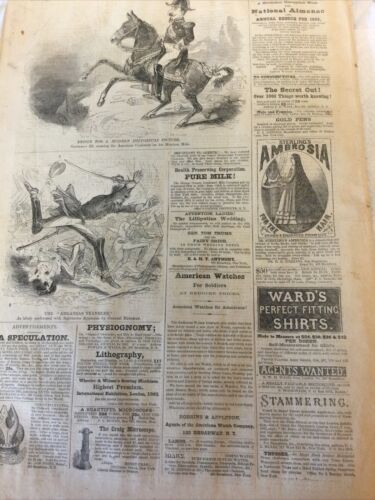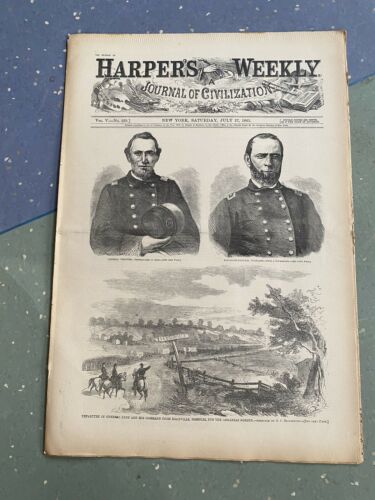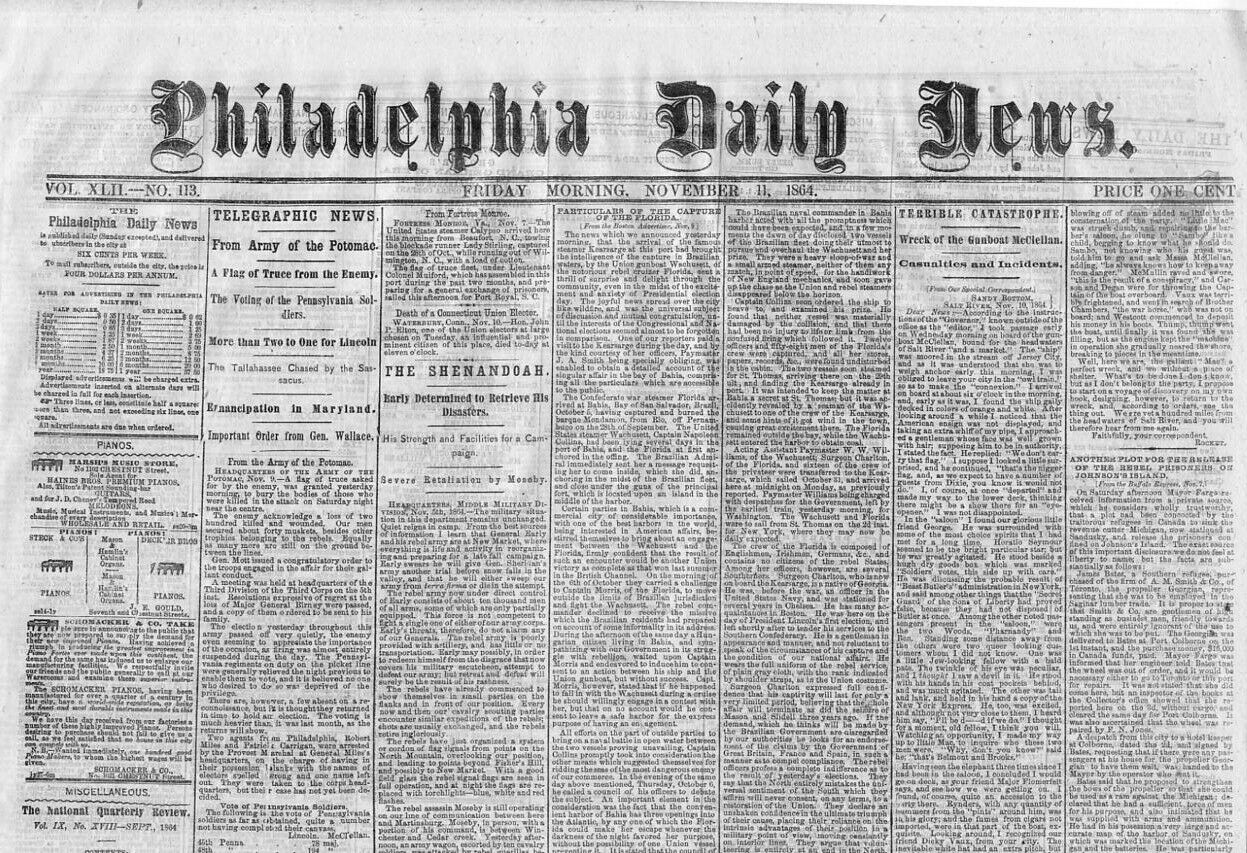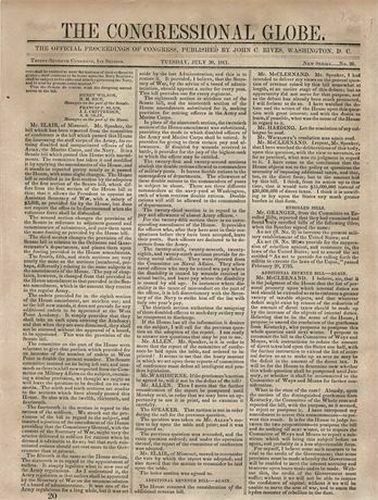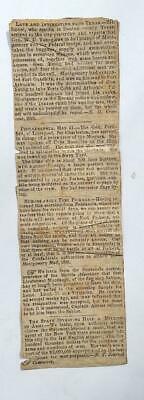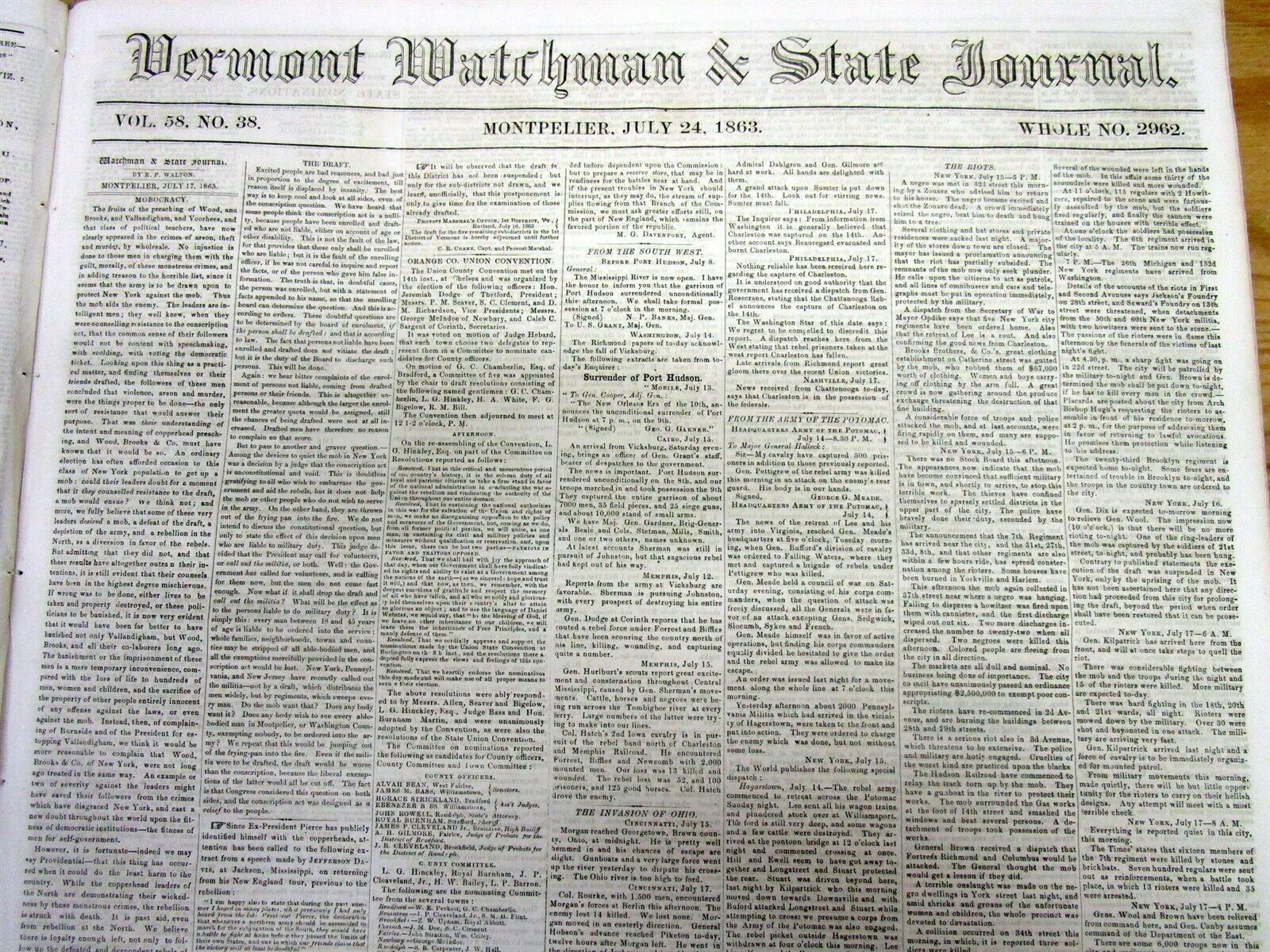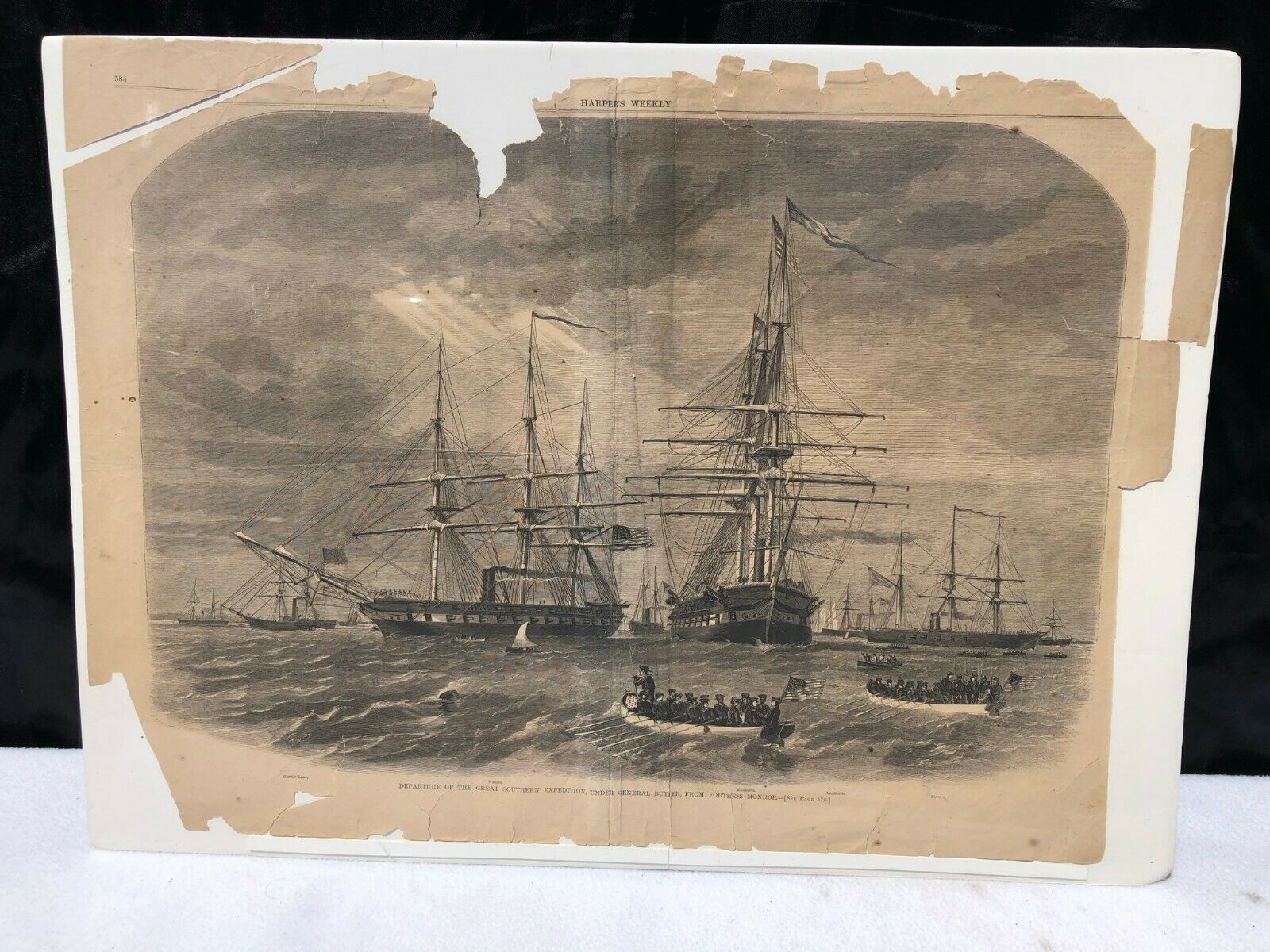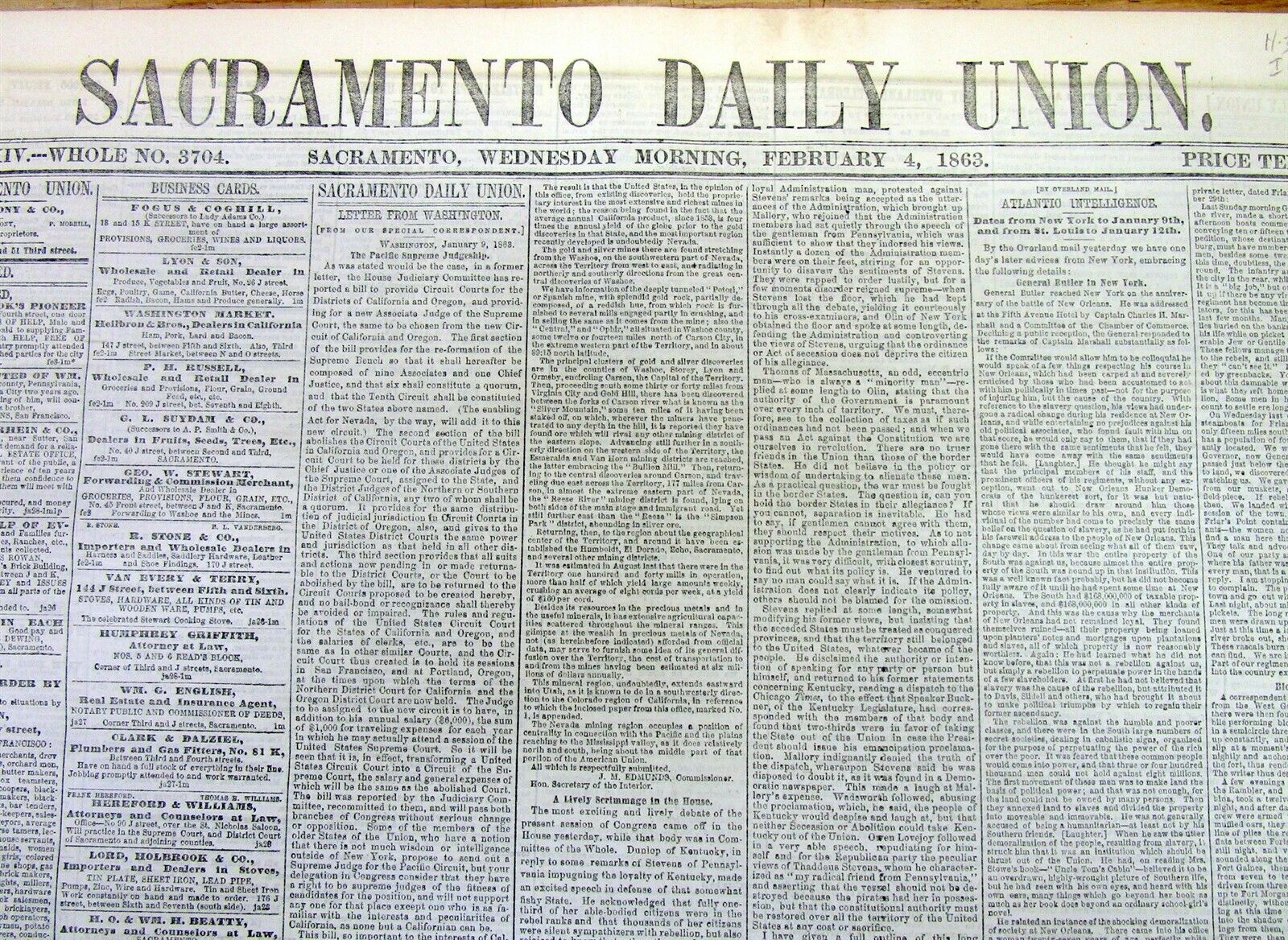-40%
Harper’s Weekly March 7 1863 w Thomas Nast Battle Before Vicksburg Centerfold
$ 18.48
- Description
- Size Guide
Description
Harper’s Weekly March 7 1863 with Thomas Nast Battle Before Vicksburg Centerfold. Genuine authentic 1863 original publication, NOT a reprint. Good clean complete condition. This had been bound into a large hardcover library edition so it was well preserved. Please see my detailed photos.Harper's Weekly, A Journal of Civilization was an American political magazine based in New York City. Published by Harper & Brothers from 1857 until 1916, it featured foreign and domestic news, fiction, essays on many subjects, and humor, alongside illustrations. It carried extensive coverage of the American Civil War, including many illustrations of events from the war. During its most influential period, it was the forum of the political cartoonist Thomas Nast.
Nicholas Longworth II (June 16, 1844 – January 18, 1890) was a lawyer from a prominent Cincinnati, Ohio family who served on the Ohio Supreme Court.
Thomas Nast; September 27, 1840 – December 7, 1902) was a German-born American caricaturist and editorial cartoonist often considered to be the "Father of the American Cartoon". He was a critic of Democratic Representative "Boss" Tweed and the Tammany Hall Democratic party political machine. Among his notable works were the creation of the modern version of Santa Claus (based on the traditional German figures of Sankt Nikolaus and Weihnachtsmann) and the political symbol of the elephant for the Republican Party (GOP). Contrary to popular belief, Nast did not create Uncle Sam (the male personification of the United States Federal Government), Columbia (the female personification of American values), or the Democratic donkey, though he popularized those symbols by his artwork. Nast was associated with the magazine Harper's Weekly from 1859 to 1860 and from 1862 until 1886.
